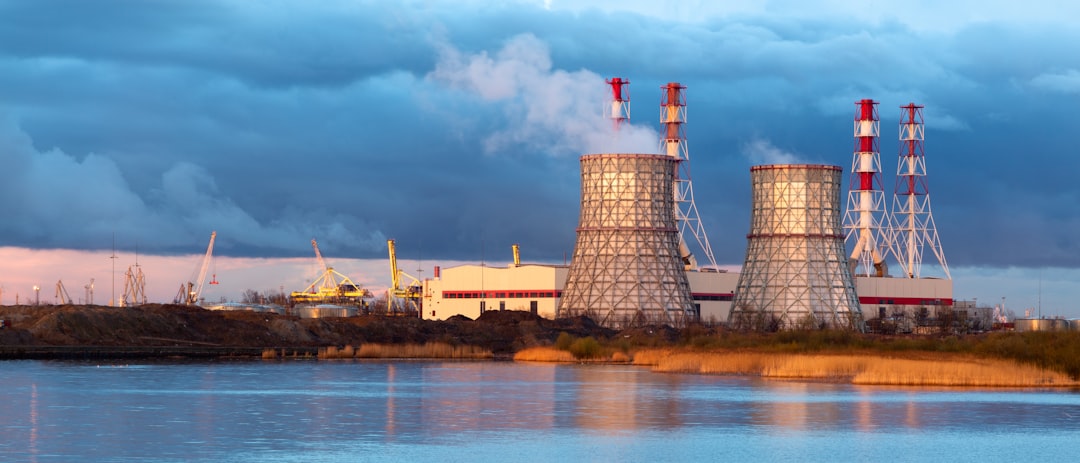What is it about?
A new study reveals that coastal development outweighs the effect of marine protection on coral communities. Coral cover is positively related to marine protection characteristics including protection time, effectiveness and MPA size, but is significantly reduced at sites with elevated coastal development and marine pollution.
Featured Image
Why is it important?
Coral reefs worldwide have experienced declines in condition and function, attributed to coral disease, overfishing and herbivore loss, eutrophication, sedimentation, and climate change. However, management actions primarily target overfishing and direct physical threats through Marine Protected Area (MPA) establishment, while external stressors such as climate change and land-use change are frequently unaddressed. The Mexican Caribbean is a world-leading tourist destination, with nearly 17 million tourists visiting annually generating over US$8 billion of income in 2017. Coral reefs provide the basis for tourism as they generate sand for nearby beaches, offer coastal protection from frequent tropical storms and hurricanes, and support recreational activities such as snorkelling and SCUBA diving. To sustain the rapidly growing tourism industry the region has experienced severe modification of the coastal zone over the last four decades, and the local population has risen considerably from 88,000 in 1970 to 1.5 million in 2015. This has negatively impacted coral reefs as coastal waters have experienced eutrophication and increased sedimentation levels due to inadequate wastewater treatment facilities and the loss of forest and mangrove vegetation reducing groundwater filtration. A new study reveals that coastal development outweighs the effect of marine protection on coral communities. Coral cover is positively related to marine protection characteristics including protection time, effectiveness and MPA size, but is significantly reduced at sites with elevated coastal development and marine pollution. In December 2016 the entire Mexican Caribbean was declared a biosphere reserve protecting a vast area of almost 6 million hectares. However, the study predicts that despite increasing MPA coverage, highly degraded sites with very low coral cover will become increasingly common if current management strategy continues. A coastal zone management strategy needs to be implemented to reduce the impact of local human activity and promote reef recovery. If complemented with regionwide herbivorous fish protection then reef condition is expected to improve even further.
Perspectives
Land-based threats to coral ecosystems are increasing rapidly worldwide. This study provides sound evidence on such impacts over large spatial scales. Policy makers and conservationists must acknowledge the damaging impact of uncontrolled coastal development on marine ecosystems. In addition to marine protection, stringent construction and wastewater regulations must be established and enforced in order to promote reef recovery.
Dr Lorenzo Alvarez-Filip
Universidad Nacional Autonoma de Mexico
Read the Original
This page is a summary of: Local human activities limit marine protection efficacy on Caribbean coral reefs, Conservation Letters, June 2018, Wiley,
DOI: 10.1111/conl.12571.
You can read the full text:
Contributors
The following have contributed to this page










